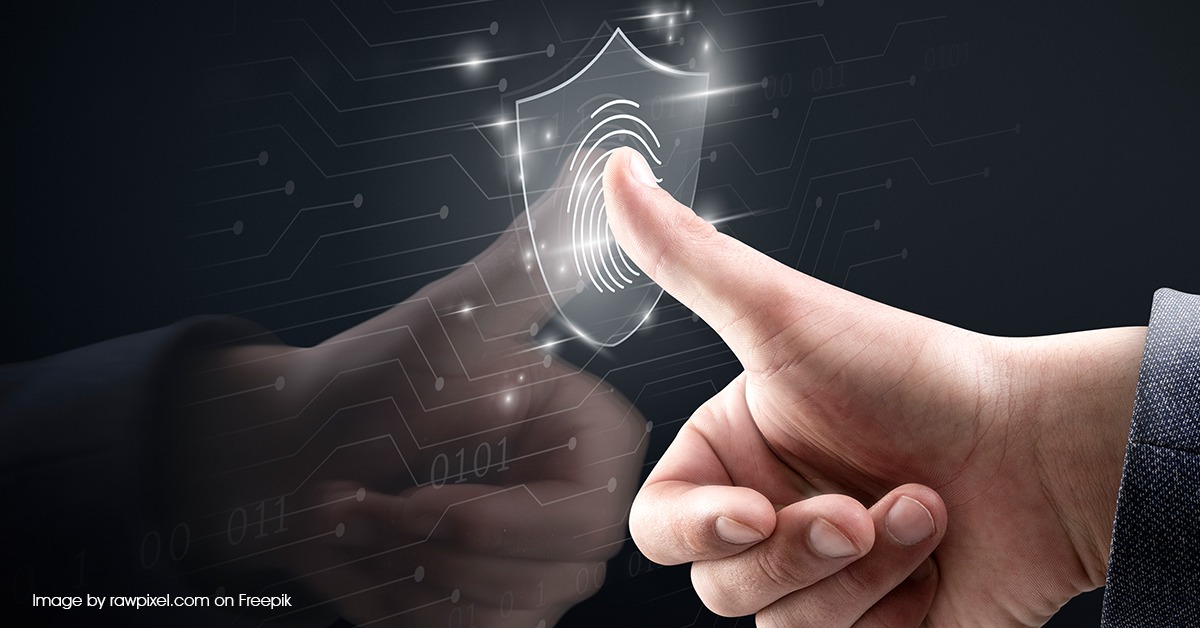Pattern Recognition in Machine Learning
- January 2, 2023
- Posted by: Aanchal Iyer
- Category: Machine Learning

Introduction
Pattern recognition entails using computer algorithms to identify patterns and data irregularities. This kind of identification can be done on different input types, such as colors, biometric recognition, image recognition, and also facial recognition. Pattern recognition is applicable in various fields, such as computer vision, image analysis, healthcare, and seismic analysis.
In this technique, labelled training data train the pattern recognition systems. A label is attached to a specific input value to create a pattern-based output. If there is no labelled data present, then other computer algorithms can help find unknown patterns.
Features of Pattern Recognition
Following are the features of pattern recognition:
- Excellent precision in identifying patterns.
- Can recognize unfamiliar objects, and also other objects precisely from different angles.
- Recovery patterns in occurrences of missing data.
- Identification partially hidden patterns.
How Pattern Recognition Works
Pattern recognition is accomplished by making use of the concept of learning. Learning helps with the training of the pattern recognition system. This, in turn, helps the system to be able to offer more accurate results. Some section of the dataset trains the system, while the rest helps with testing the system.
The training set comprises data or images for building or training the model. Training rules provide the criteria for output decisions. Training algorithms match a given input data with the corresponding output decision. The rules and algorithms then facilitate training. The system uses the information from the data to provide results.
The testing set validates the accuracy of the system. The testing data checks for an accurate output after the training of the system. This data illustrates close to 20% of the whole data in the pattern recognition system.
The pattern recognition process works in five main phases:
- Sensing: In this phase, the system changes the input data into analogous data.
- Segmentation: This phase ensures that the objects are isolated.
- Feature Extraction: This phase analyses the properties or features of the objects and sends them for further classification.
- Classification: In this phase, assembles the objects into cases or groups.
- Post-processing: This face looks at further considerations before making a final decision.
Algorithms in Pattern Recognition
The following are some of the algorithms used in pattern recognition.
- Statistical algorithm: This algorithm builds a statistical model. This is a model whose patterns are using features for the description. The model can predict the probabilistic nature of patterns. The chosen features form clusters.
- Structural algorithms: These algorithms are practical for complex pattern recognition processes. They are essential when multi-dimensional entities are present. By grouping the patterns into subclasses, one can form a hierarchical structure.
- Neural network-based algorithms: These algorithms create a model that comprises parallel structures (neurons). This model is more efficient because of its superior learning abilities.
- Template matching algorithms: These algorithms create a template that matches the model, a simple pattern recognition model. The model uses two images to establish similarity.
- Hybrid algorithms: Hybrid algorithms build hybrid models, which use multiple classifiers to identify patterns. Each classifier undergoes training depending on feature spaces.
Conclusion
Pattern recognition is an essential technique that improves the recognition of patterns and data irregularities. Many applications have been employing this process over the last couple of years. Testing data, training data, and classifiers in pattern recognition can solve many real life challenges. This recognition technology has the potential to evolve into a more efficient and intelligent supporting different digital technologies.
